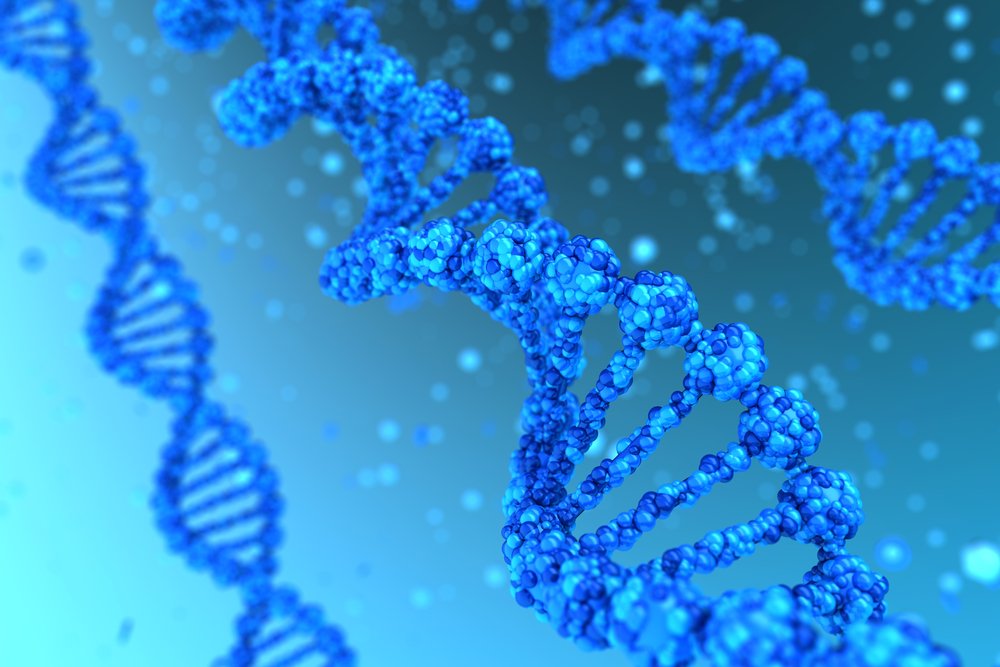CRISPR/Cas9 Gene Editing Shows Potential to Treat Sickle Cell Disease, Study Reports

A gene editing technology called CRISPR/Cas9 repaired 20 to 40 percent of stem and progenitor cells obtained from sickle cell disease patients, scientists report, suggesting such an approach might offer a way of treating this disease.
Sickle cell anemia is the most severe type of sickle cell disease, which is a group of inherited conditions that affect hemoglobin, the molecule in red blood cells that transports oxygen throughout the body. A single mutation in the gene that helps to make hemoglobin alters red blood cells to a sickle, crescent shape. These cells die prematurely, leading to anemia, and may also get stuck in small blood vessels, blocking blood flow.
Ongoing research involving Rice University, Baylor College of Medicine, Texas Children’s Hospital and Stanford University aims to find a cure for sickle cell disease.
“Sickle cell disease is caused by a single mutation in the beta-globin gene (in the stem cell’s DNA),” Gang Bao, PhD, a member of the research team and a bioengineer at Rice, said in a press release.
“The idea is to correct that particular mutation, and then stem cells that have the correction would differentiate into normal blood cells, including red blood cells. Those will then be healthy blood cells,” he added.
Bao recently presented results of tests evaluating whether CRISPR/Cas9 can fix the mutation at the recent 2018 American Association for the Advancement of Science (AAS) Meeting, in Austin, Texas. His presentation was titled “CRISPR/Cas9-Based Genome Editing for Treating Sickle Cell Disease.”
The researchers collected patient-derived stem and progenitor cells with a specific marker called CD34. The cells were then edited with CRISPR/Cas9 and a custom DNA template to fix the mutation.
Researchers injected these altered cells into the bone marrow of mice with defective immune systems and determined how many retained the edit after 19 weeks. “The rate of repair remained stable, which is great,” Bao said.
Results also showed that, besides small mutations, the CRISPR/Cas9 system can introduce large alterations in the patients’ cells, which may cause a disease. The researchers plan to publish the findings in an upcoming paper.
Collectively, the results are a step forward in finding a treatment for sickle cell disease, the scientists believe. The next steps are optimizing the gene editing system to eliminate off-target effects and increasing the percentage of corrected stem cells.
Regarding their clinical significance and whether repairing as much as 40 percent of the cells is enough to cure the disease, Bao noted that more work is needed. “We’d like to say, ‘Yes,'” he said, “but we don’t really know yet. That’s something we hope to learn from an eventual clinical trial.”






